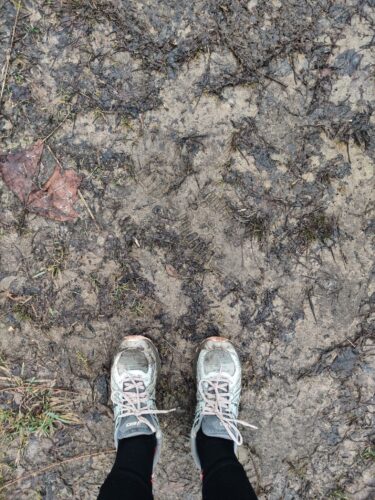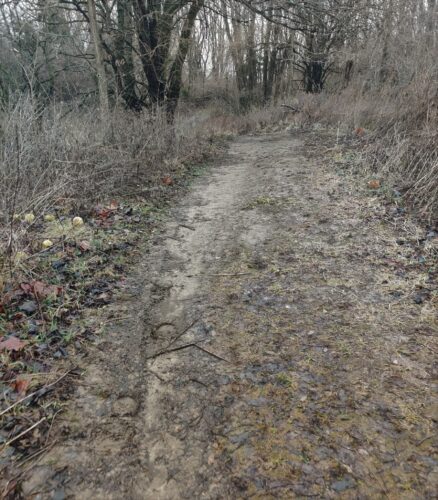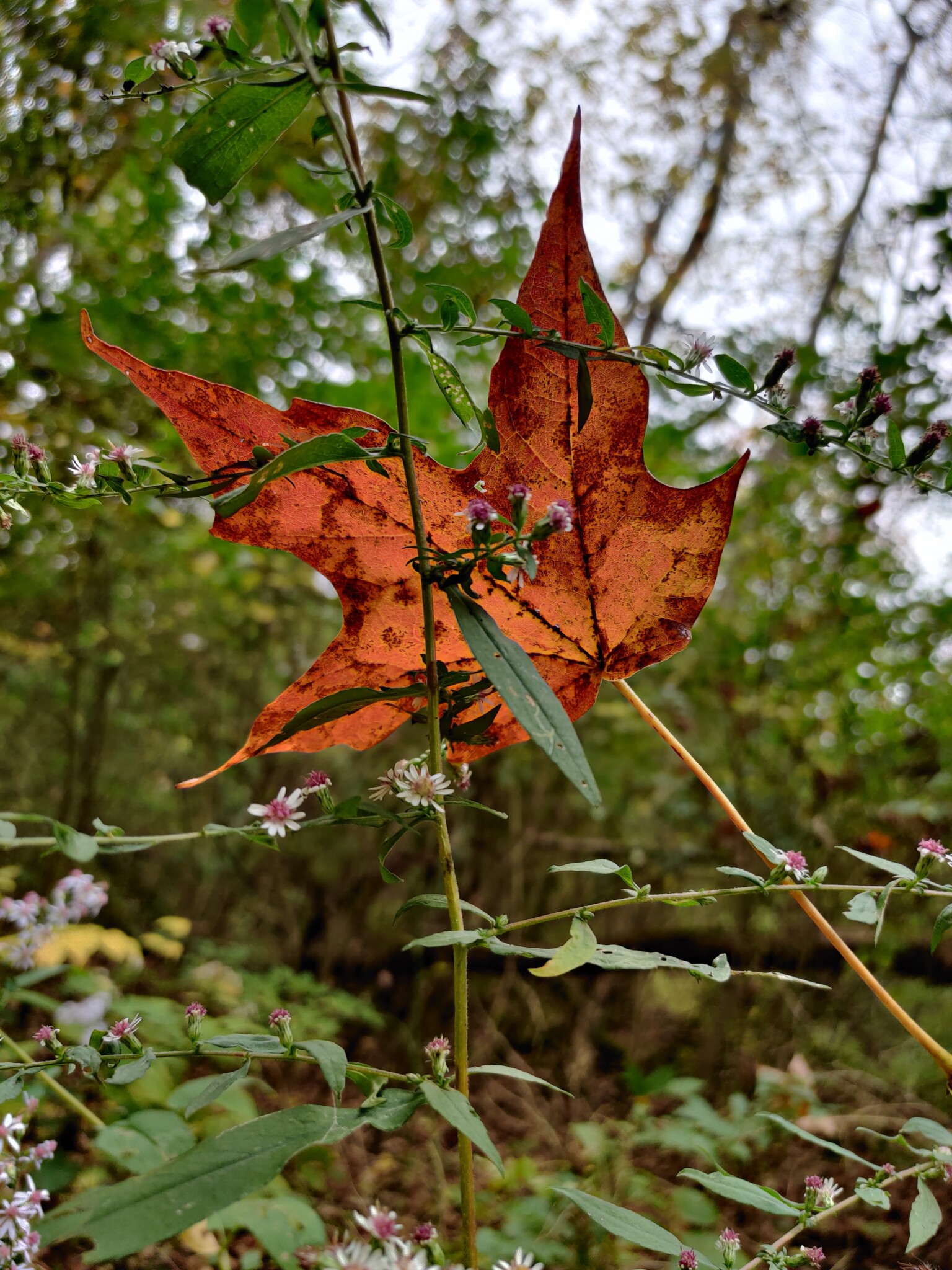Updated March 7th, 2024
Be a mud skipper during this weird weather season

For the third year in a row, winter’s flip-flopping temps and wet weather have probably resulted in many of your favorite natural surface trails being muddy. When this happens, regional park manager Mike Osborne encourages parkgoers to avoid these trails or take your adventures to the region’s many paved trails.
“When there are muddy patches on trails, horse riders, bikers and hikers inevitably try to avoid the mud and go around it,” he said. “This causes unnecessary erosion and sometimes permanent damage to the trail and surrounding vegetation.”
When you’re on the trail, it may not seem like a big deal to step off the trail and walk around the mud, but imagine how many other people think the same thing?
“It can take hours for staff and several volunteers to restore the area that was damaged in just the few seconds it takes you to go off the trail around a mud pit,” Osborne said. “Even if you do walk or ride straight through the mud, you will sink into the trail, creating ruts. When those dry, the trail is left a badly rutted mess, usually until someone is able to fix it.”
MetroParks asks visitors to follow Leave No Trace principles in its parks, which includes sticking to the trails. For more information about Leave No Trace principles, visit lnt.org.
Osborne has some additional tips to help you protect MetroParks’ natural surface trails and the habitats that surround them during muddy conditions:
- Stop if you sink: If you start to make deep tracks in the mud, it’s best to turn around and head back. If you need some help back tracking or getting oriented, download MetroParks’ mobile app, powered by OuterSpatial, to help you navigate the trails.
- Don’t widen then trail: If you come across a spot that is otherwise dry, never bike, ride or walk off-trail around a muddy patch. This makes a new trail adjacent to the existing trail, encouraging others to use it. It also causes unnecessary erosion and damage to the soil and vegetation. If you must, always walk/ride through the mud on the center of the trail tread.
- Try the paved trails: The Dayton region is home to more than 350 miles of paved trails, the nation’s largest paved trail network. Many of these paved trails are accessible by visiting a MetroPark and a great option to explore while the muddy trails dry out.
- Rise early: If the temperatures at night are dropping below freezing, get your hiking adventures in earlier in the day. The cold temps will keep the ground frozen and prevent the mud from thawing.

Why avoid muddy trails?
Beyond causing erosion, negatively impacting habitats, rutting the trails and creating months of hard work for MetroParks, trails staff and volunteers, hiking when it’s very muddy is also not a great experience for parkgoers. Riding your bike through mud can very quickly slow you down to a stop, which can lead to a fall. Additionally, mud is slippery and can cause a challenge for hikers. Mud-caked boots or trail runners become heavy and hard to maneuver, as the treads of the bottom of your shoes are filled with mud.
In case of mud, remember to clean your footgear
Cleaning your footgear ensures you won’t track dried (or wet) mud in your vehicle, around your house and around habitats that could be negatively affected by the soil left on your boots from a pervious hike. Additionally, cleaning your footgear properly ensures you won’t end up with stinky shoes that only last a few seasons.
Learn how to properly clean your hiking boots here. Trail runners and tennis shoes can be cleaned in a similar way but may not require as much care as leather booths. Be sure to dry insoles and outsoles separately.
MetroParks Pro Tip: Instead of throwing out newspaper, use it to stuff your shoes to help them dry faster and remove odor.





